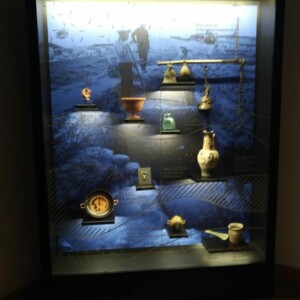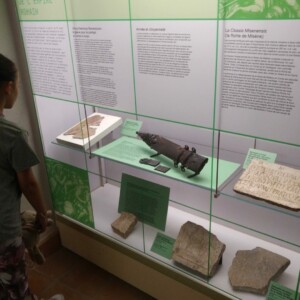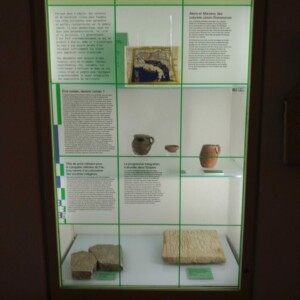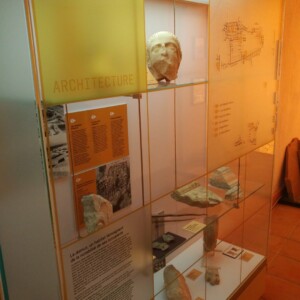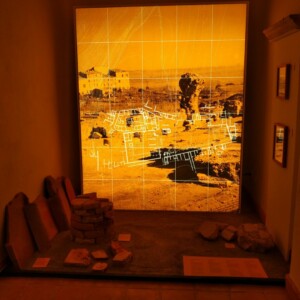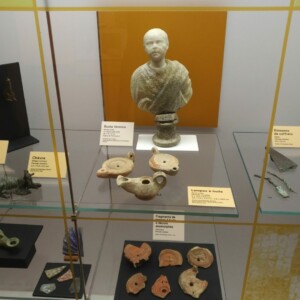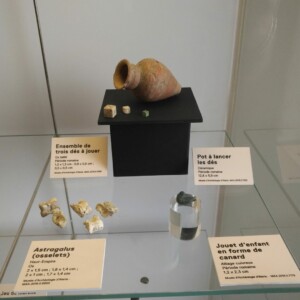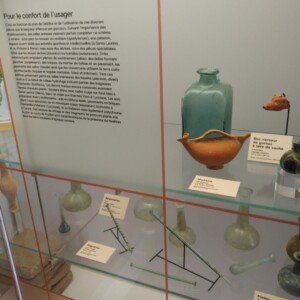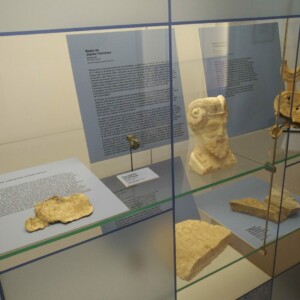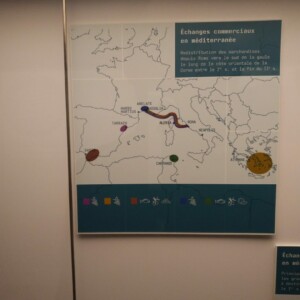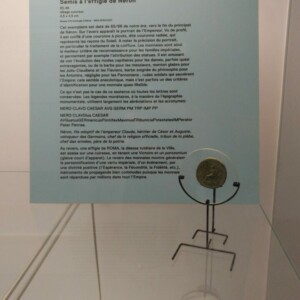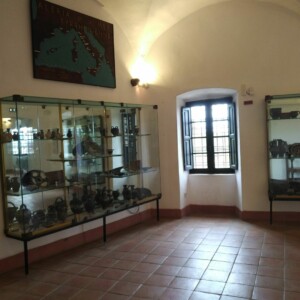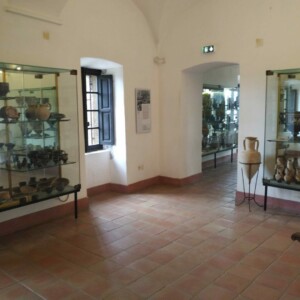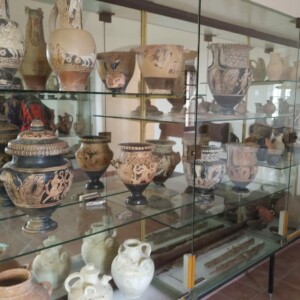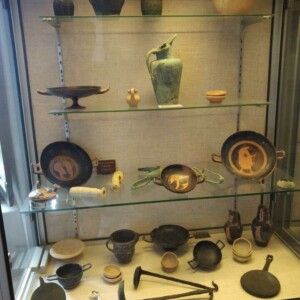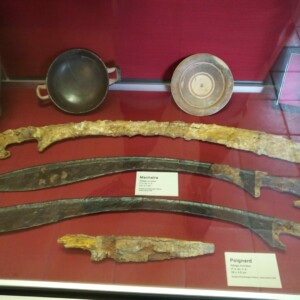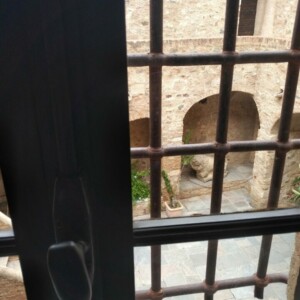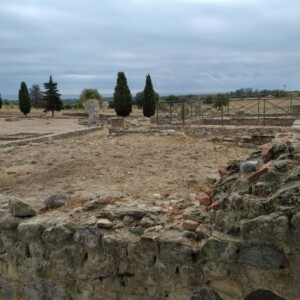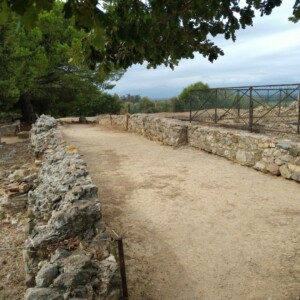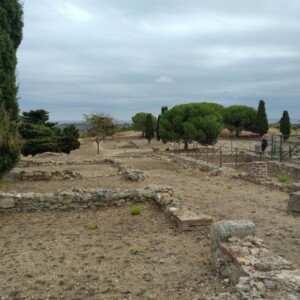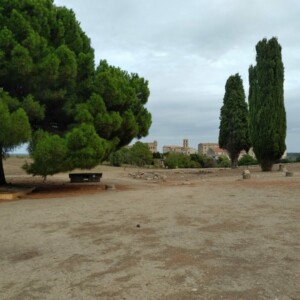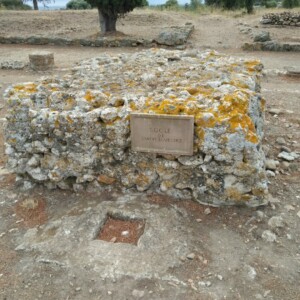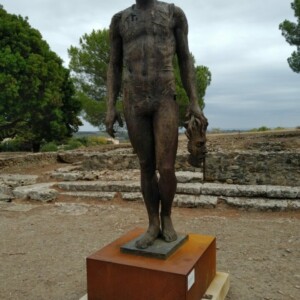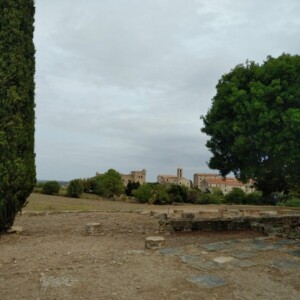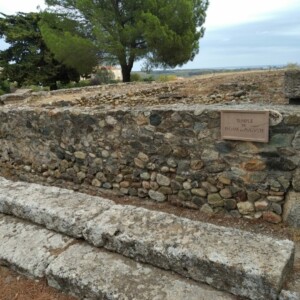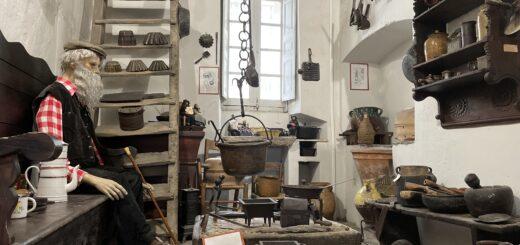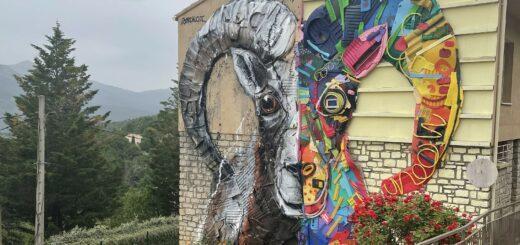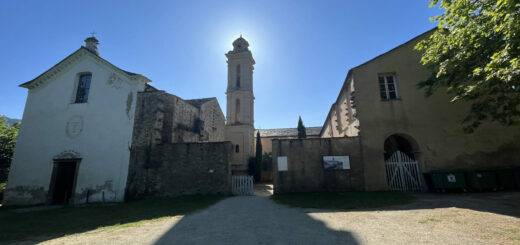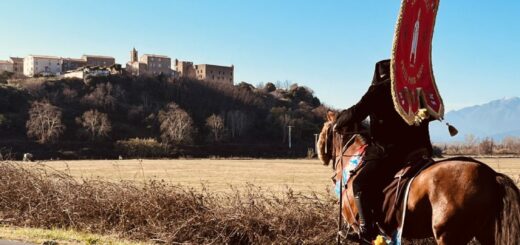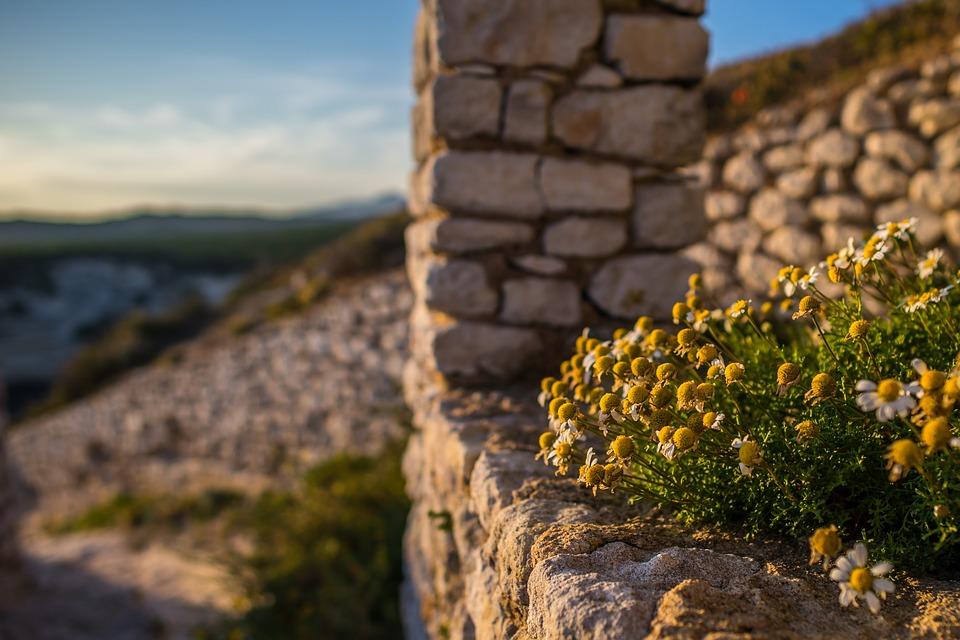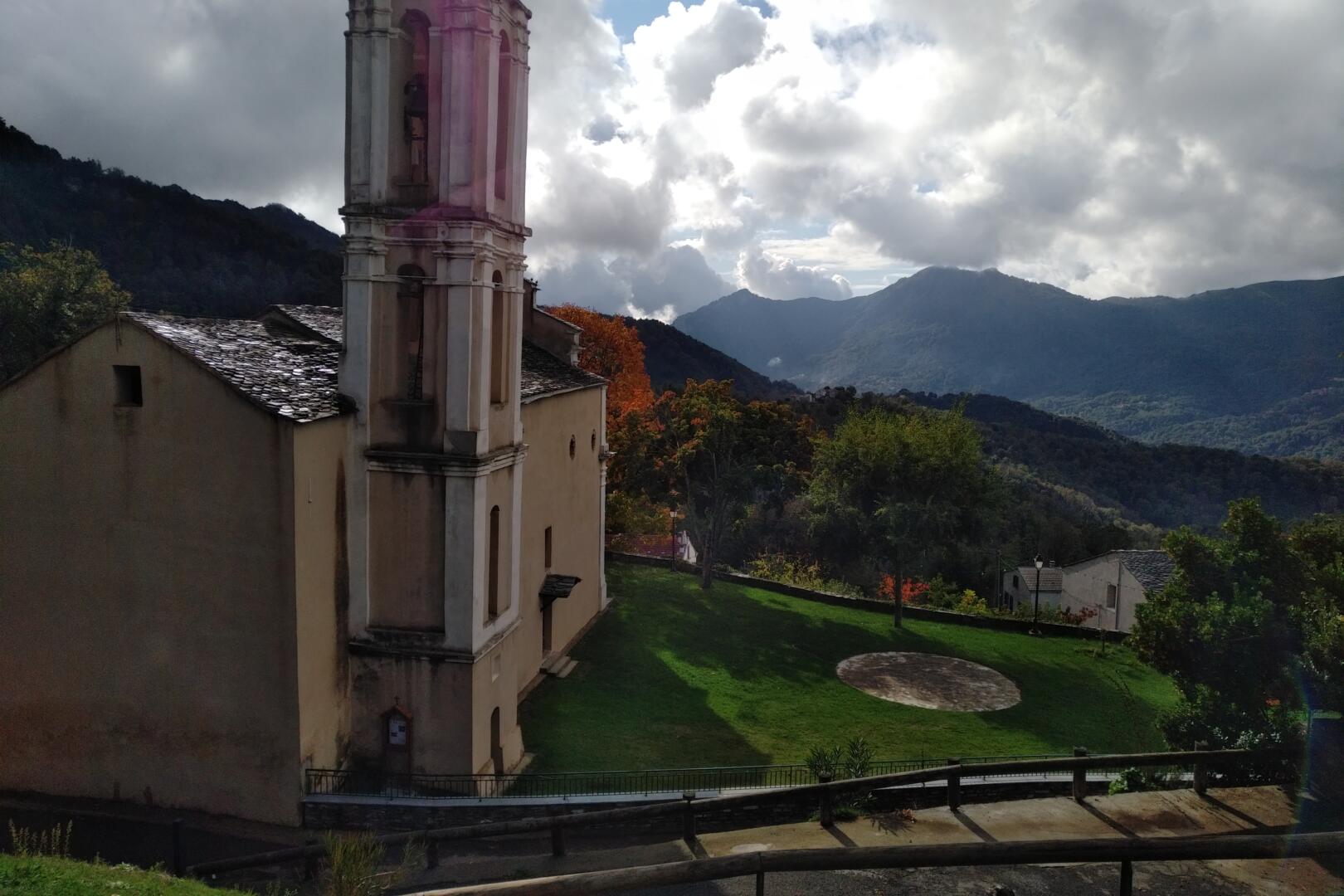Discovering the Roman History of Corsica at the Museum of Aleria
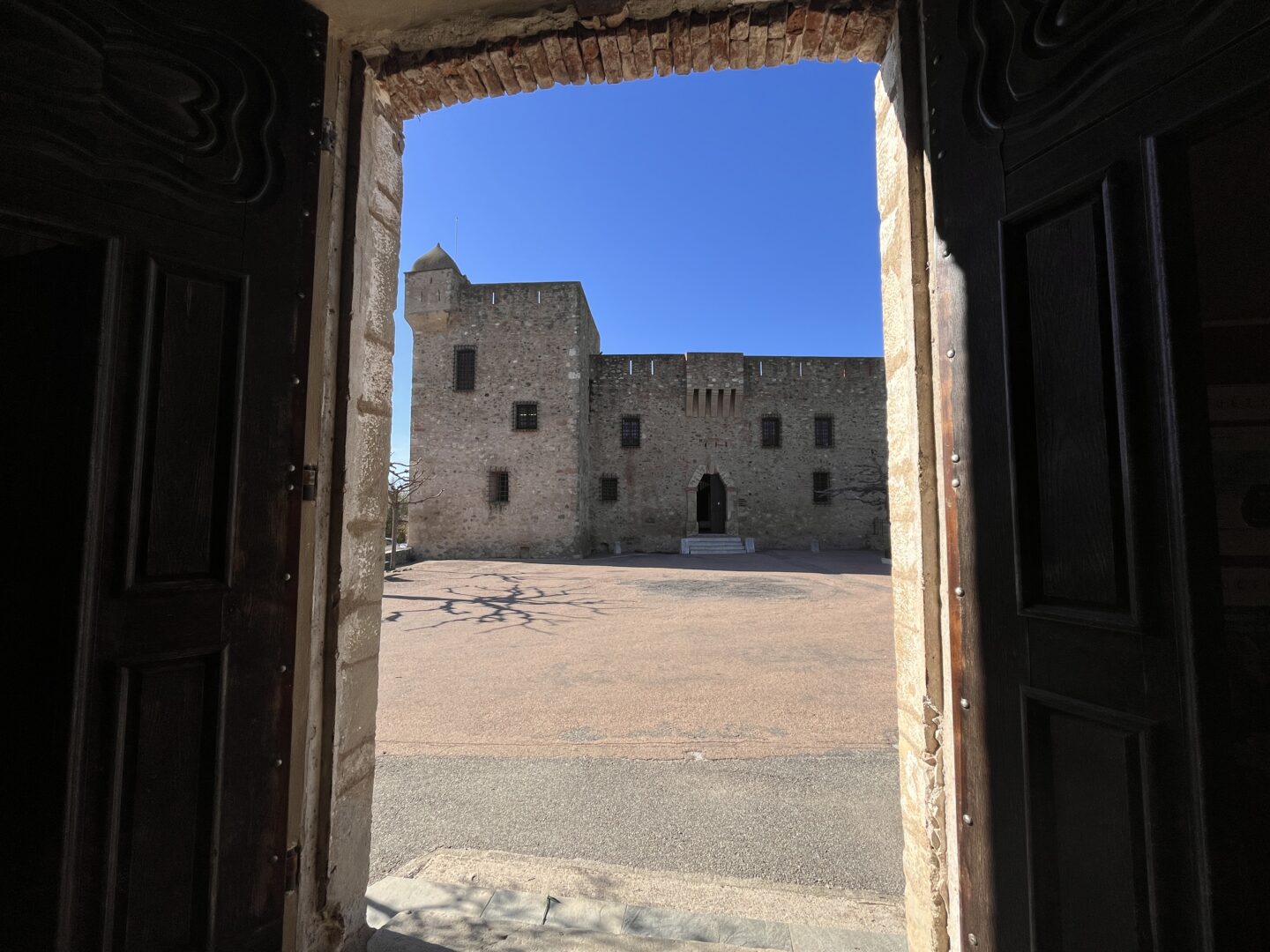
Rich, diverse, and eventful, the history of Corsica has been written through the changes and characteristic turmoil of the Mediterranean basin. Among the influences that have left a lasting mark on the island and helped shape its identity, the Roman imprint is one of the most significant. It is particularly on the island’s eastern coast, in Aleria, that one can measure its extent and admire its remains. Today, we visit the Museum of Aleria (Departmental Museum of Archaeology Jérôme Carcopino).
Museum of Aleria: the Fort of Matra, a unique place
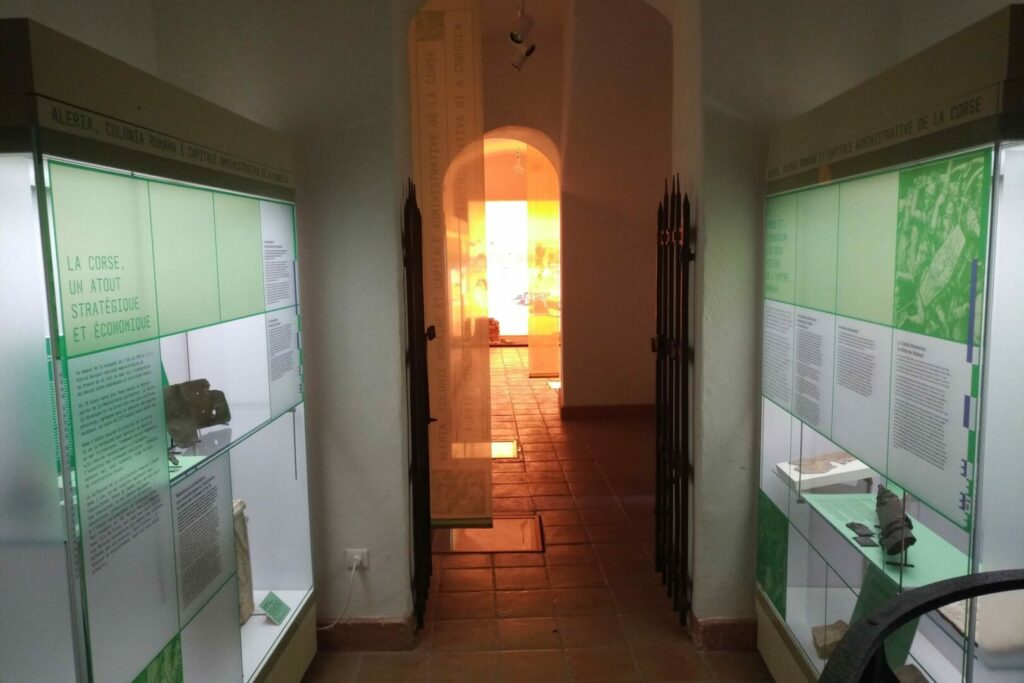
Active since 1978 and named after the historian – a specialist in Ancient Rome – who greatly contributed to this site’s archaeological exploitation and development, the Aleria Museum is a place highly recommended to visit during your stay in Corsica. Located in the Fort of Matra, on this hill overlooking “U Cateraghju” (the main hamlet of Aleria), the Diana pond, and the many vineyards and other citrus plantations characteristic of the Eastern Plain, the Aleria Museum enjoys a certain uniqueness.
Built by the Genoese administration for coastal surveillance purposes and named after the Matra family, the main opponents of Paoli and the Corsican insurgents of the mid-18th century, the fort houses within its walls the exhibition of archaeological remains unearthed since the resumption of research in 1969. Classified as a Historical Monument since 1990, the fort and the museum it houses allow the discovery of some fifteen centuries of history through various objects.
A bit of history: Mario Emmanuele Matra, born around 1720 and died in 1757, was a Corsican nobleman and a soldier in the service of the Republic of Genoa. Matra is best known for his opposition to Pasquale Paoli, considered the “father of the Nation.” Like Paoli, Matra was proclaimed general of the Corsican Nation in 1755, a few days after his rival. He was killed in an ambush in 1757.
From prehistory to the remains of the Roman Empire, through the significant mark left by the Etruscan people in Corsica, the four rooms comprising the interior part of the museum cover, through discoveries, all aspects of life on the island at that time. Work tools, currency, jewellery, funerary objects, architectural remains, weapons: we traverse the centuries discovering objects sometimes in superb condition, such as the two Attic Rhytons (mule and dog heads) and the many pottery pieces, some of which date back to the 4th century BC.
Beyond the walls of the Fort of Matra stands the ancient city and particularly its necropolis, which has given archaeologists the opportunity for remarkable discoveries. Open, peaceful, and adorned with sculptures created by various artists since the site opened to the public, the open-air site beautifully concludes the discovery of this piece of Roman Corsica.
An experience open to the greatest number
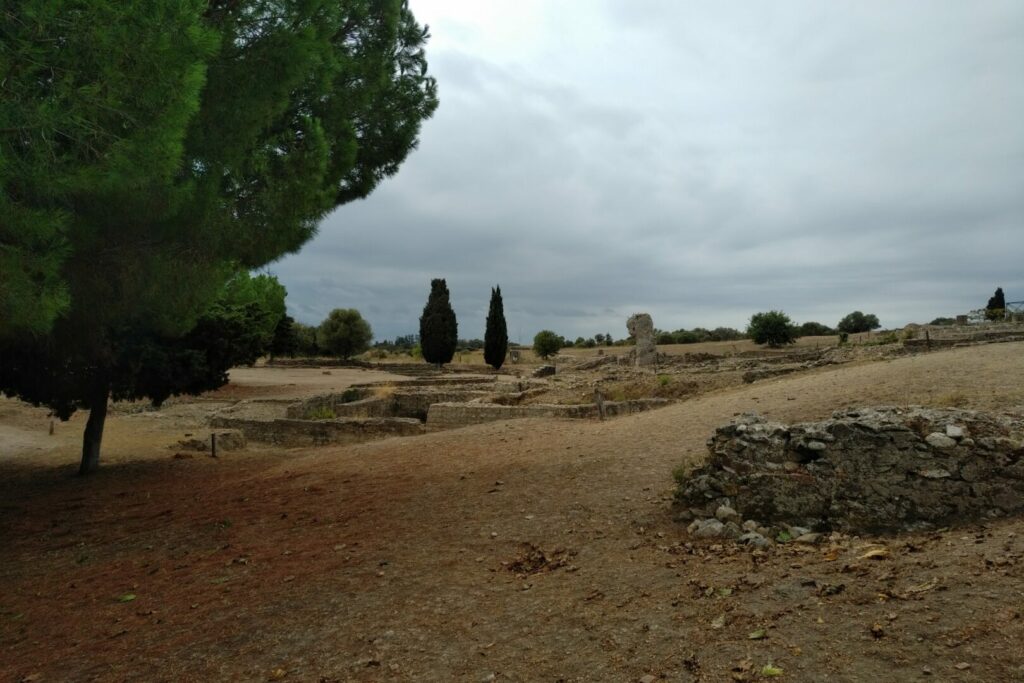
This visit to the Aleria Museum, carried out on the occasion of Heritage Days, with family, is the second I have made. The first is distant – I was a child – but had already left a particular mark on my mind. Roman Corsica is a fabulous and important part of the island’s history that can still today hold many discoveries to come.
During a little over an hour of an unguided visit, the moment was particularly pleasant. First, inside the Matra Fort, the atmosphere is unique, especially for visitors interested in the “Paolina” history of Corsica. But above all one is pleasantly surprised and captivated by the care taken in the Museum as a whole. The objects are numerous but very well highlighted. Everything is understandable, and natural in its progression. The only thing one might regret is the relative lightness of the written explanations for some objects. We would have liked to know more, to have more details; in this sense, visiting the Aleria Museum with a guide who knows the place can be a significant addition to enhance the experience.
If you visit Corsica with your family, with particularly curious children, visiting the Museum of Aleria is a good idea for a good time, as it provides objectively remarkable access to a large number of objects that will inevitably provoke questions and a certain wonder. Perhaps even create vocations?
And finally, for the peaceful moment, conducive to contemplation, that the visit to the outdoor parts of the Museum represents, we can only strongly advise you to visit this part of Aleria during your stay in Corsica. Things will inevitably be a bit less pleasant in the height of summer, as heat and crowds rarely mix well. But this is the only potential drawback to the experience, which is very satisfying and also affordable, as the entrance fee (full price) will cost you four euros.
